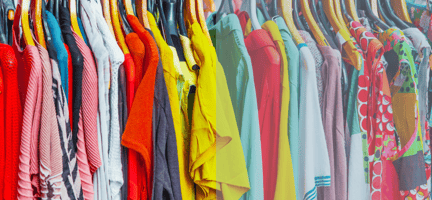As we navigate these last few months of 2023, the importance of lighting in retail spaces has never...
What is an LED?
💡 Have you ever wondered about the magic behind those vibrant, energy-efficient lights that illuminate your favorite stores? 💡
What exactly is an LED?
LED stands for Light Emitting Diode. Unlike traditional bulbs that use filaments or gases, LEDs produce light when electricity flows through a semiconductor. This process is called electroluminescence.
How do LEDs work?
⚛ Electrons & Holes:
At the heart of an LED is a semiconductor made of two parts. One side has excess electrons (negative), and the other has holes (missing electrons).
⚡ Flow of Current:
When electricity is applied, electrons move towards the holes. As they combine, energy is released in the form of light.
💚 Efficient Conversion:
The electroluminescence process is much more efficient than incandescence, which means a higher percentage of the electrical energy is converted to light. As a result, less energy is wasted as heat, so LEDs don't get as hot as traditional incandescent bulbs.
🔦 Color Spectrum:
The color of the light depends on the material of the semiconductor, meaning a broader spectrum of colors without using filters or lenses.
Why does this matter for retail design?
LEDs offer unparalleled flexibility in design. They're compact, durable, and come in a myriad of colors. Plus, they consume less power, reducing energy bills. This offers endless possibilities for creating ambient lighting, highlighting products, or crafting unique in-store experiences.


.jpg?height=200&name=hospitality-lighting-distributor-5%20(1).jpg)
